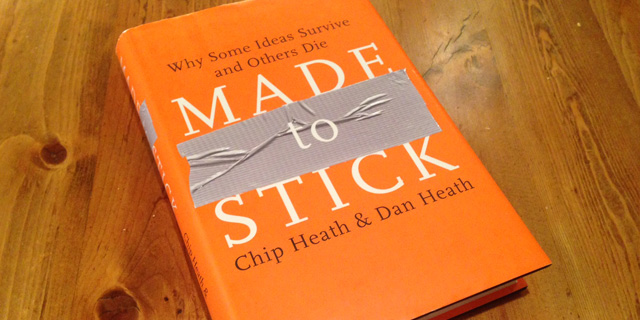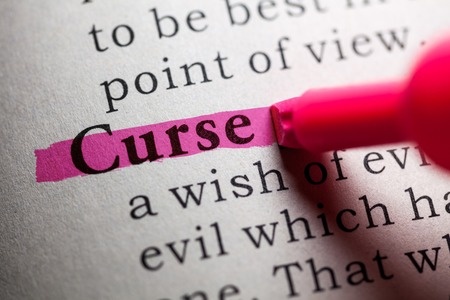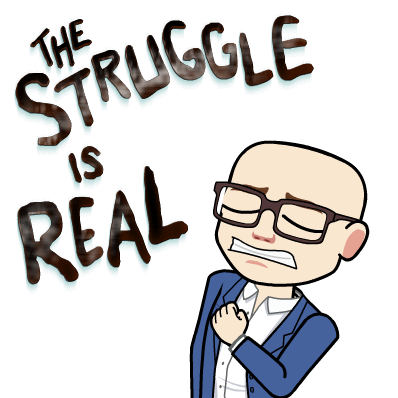3 Comments
 REFLECT Last week I had the opportunity to attend and speak at the National Conference on Bullying in Orlando, Florida. My presentation, "Every Student Has a STORY: Do You Know It?" focused on a variety of research-informed, classroom-proven tips and tools teachers can use in their classrooms daily to better get to know their children and create the conditions for each child to be successful. I was blown away by the positive feedback I received from participants at the conclusion of the session and very appreciative of the many who stopped, shook my hand, and thanked me personally on their way out or grabbed me in the conference corridors later in the day to tell me how they had been impacted by the presentation. One particular exchange though left a lasting imprint on me. While I was turning my computer off and gathering my things, a woman who had come in late to the session, came up and introduced herself. I assumed she wanted to find out what research I shared with the group at the beginning of the session before she had gotten there or how to get a copy of what she missed. Instead, she reached out her hand, thanked me, held my hand in hers, looked me straight in the eye and began apologizing for being late for the session. She explained how she had seen the session description and although she thought the material would be beneficial, felt she needed to go to a different session which pushed a specific bullying program. For some reason she was drawn to leave and come to my session after all. While still holding my hand, she explained how as a principal in Miami-Dade County schools, with over 90% of her students living in poverty, she has been feeling the intense pressure to increase student test scores or be scrutinized publicly by the Florida School Rating System that rates schools on an A to F scale. She felt she had to go back to her school improvement team with a new program to implement. She further explained how she decided to attend the conference in hopes of finding a "silver bullet" that would decrease peer to peer violence, increase student engagement, and thus enable staff to connect with kids in a way that they could make a real difference. She went on to say, "For years I have been looking for a silver bullet to engage and inspire the students at my school. Each year we implement the next new magical program or intervention that we think is going to solve the challenges we face. Every year we try something new but never see big changes. After all these years, it took this session for me to realize I have been looking in the wrong place. This session made me realize that the silver bullet is me. I have known it deep down inside me but just wasn't listening. Thank you!" RETHINK WOW! Her message really resonated with me. In today's world test scores, unfortunately, are put above all else. Many teachers and administrators are so worried about the "results of the test" that they are constantly chasing the "next new thing" that will guarantee results. Then when it doesn't, they will introduce another new initiative. Year after year, this occurs. Year after year, common sense is set aside in order to try and get "those results" by any means necessary. We, as a profession, have become so obsessed with attaining these scores that often times, what we know in our teacher guts is effective and important, is put on the back burner. I see it all the time... "There is no time for recess because we need to teach more curriculum." "Survey my students to find out what their interests are? Forget it!" "You want me to set aside time for students to get to know each other, team build or for them to get to know me on a human level. I am their teacher- not their friend. IMPOSSIBLE!" It doesn't matter that research and logic have told us for years the importance of building strong, caring relationships with and between students. When such an environment is fostered, students are enabled to feel safe, let their guard down, take changes without fear of being teased for giving the wrong answer, and are receptive to new learning. Instead, we are "all about that test score, yeah, that test score!" I am glad I work in a district that realizes relationships are the foundation for all learning and with colleagues who ensure ALL students have a home court advantage when they walk in the classroom! RETOOL As Dr. James Comer says, "No significant learning occurs without a significant relationship." Stop falling prey to "something shiny syndrome", look in the mirror and realize all students need is a "YOU INTERVENTION!" YOU ARE THE SILVER BULLET!
|
||||||||||





